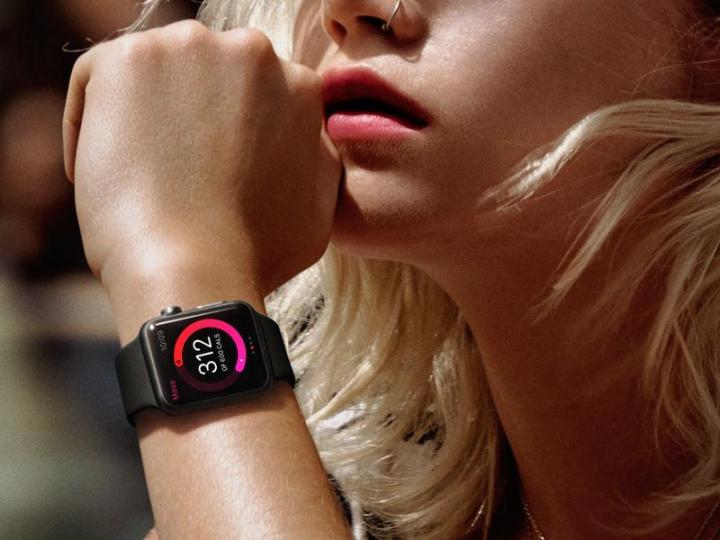
All they had at the time was an iPod and an idea — no software, no device, no nada.
Apple kept its Watch plans secret for nearly half a decade, which is no small feat in the world of technology where leaks are common. On his very first day, former Adobe employee, Apple critic, and improbable hiree Kevin Lynch was introduced to the team, led by Jony Ive, that was working on a wrist-based device that had to be “insanely great,” so as to live up to expectations for the first Apple product made without Steve Jobs’ help.
All they had at the time was an iPod and an idea — no software, no device, no nada.
After long hours spent obsessively studying horology, Swiss watchmakers, and wristwear design, the team built its first Apple Watch prototype, and it was as unglamorous as can be. The first Apple Watch was actually just an iPhone with a velcro strap. Of course, it was “a very nicely designed Velcro strap,” Lynch told Wired, after all, Ive was in charge here.

Once they had something to work with, they ran emulators of Apple Watch software. the team discarded a timeline interface that showed info chronologically, and after many iterations, came up with the current scheme of glances, complications, digital crown scrolling, and Force Touch interactions. The team had two main goals: To ensure that interactions with the Watch were limited to 5-10 seconds, and to help users break free of their iPhones. The two goals dovetailed nicely. The shorter the interactions, the more engaged the user could be with their surroundings, and the less the user would be glued to their iPhone, compulsively checking every single little update.
“We’re so connected, kind of ever-presently, with technology now,” Lynch told Wired. “People are carrying their phones with them and looking at the screen so much. … People want that level of engagement, but how do we provide it in a way that’s a little more human, a little more in the moment when you’re with somebody?”
The team culled down each and every interaction to simplify the user experience, but to do that, they had to make the software smarter and more contextual than iOS. The messaging app had to be able to scan the message you’d just received and give you quick reply options that made sense, based on the question asked. Voice controls had to be fast and accurate, so too did dictation for messages.
“We rethought the UI. We rebuilt the apps — messaging, mail, calendar — more than once, to really get it refined.”
“We rethought the UI,” Lynch said. “We rebuilt the apps — messaging, mail, calendar — more than once, to really get it refined.”
The article gives one of the clearest example of how the Apple Watch achieves these smart interactions in its description of the Short Look feature. A “pulse on your wrist” tells you you’ve got a text. You then “flick your wrist up” and see who it’s from. If it’s not important, you put your wrist down immediately to ignore it. However, if you want to read it right then and there, you keep your wrist up, and the full message is displayed. Essentially, the Apple Watch reads your reaction, and behaves accordingly.
The team also worked hard on the “taptic engine,” which uses different vibrations, taps, and pulses to alert you to different types of notifications. Ive was particularly obsessive about this aspect of the Watch. He wanted the team to think about what a tweet, phone call, or text felt like — It doesn’t get much more abstract than that. Even so, the team thinks they refined the sounds, taps, buzzes, and pulses to perfection.
“Some were too annoying,” Lynch said. “Some were too subtle; some felt like a bug on your wrist.”
The way the Watch OS works is indeed abstract and ethereal. By all indications, it must be experienced and adapted to in order to be understood. Soon, with preorders beginning on April 10 and the Watch going on sale on April 24, everyone who tries on an Apple Watch will finally know what all this means. In the meantime, check out Wired’s full piece for all the details.
Editors' Recommendations
- I keep forgetting about the Apple Watch Series 9’s coolest feature
- Nomad’s new iPhone case and Apple Watch band may be its coolest yet
- 5 phones you should buy instead of the iPhone 15
- Why you should buy the iPhone 15 Pro instead of the iPhone 15 Pro Max
- iPhone SE 4: news, rumored price, release date, and more


